
"DRS Manufacturers a high quality bearing in Steel cage as well as brass cage using grade bearing steel"
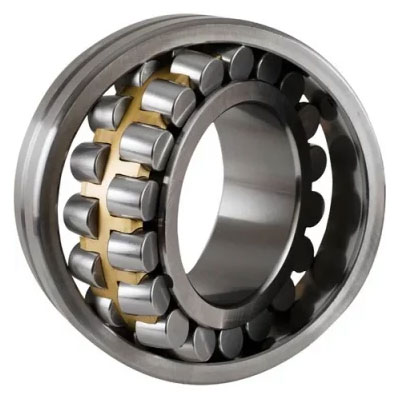
What is a spherical roller bearing?
A spherical roller bearing is a rolling-element bearing that permits rotation with low friction, and permits angular misalignment. Typically these bearings support a rotating shaft in the bore of the inner ring that may be misaligned in respect to the outer ring.
What kind of load can a spherical roller bearing support?
High Axial loads
Spherical roller bearings can support high axial loads in both directions and very high radial loads.
What is the advantage of spherical roller bearing?
Spherical roller bearings offer an excellent service life combined with high levels of reliability. They minimize friction and keep noise and vibration during operation. These barrel-shaped spherical rollers reduce friction within the bearing and allow the bearing to accommodate angular misalignment.
What are the benefits of spherical bearings?
Spherical plain bearings have a higher load-spreading capability compared to roller or needle bearings, can better withstand shock loads and can tolerate misalignment.
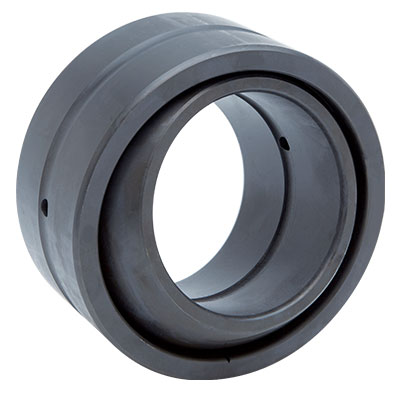
What is a plain spherical bearing?
Radial spherical plain bearings have an inner ring with a sphered convex outside surface and an outer ring with a correspondingly sphered but concave inside surface.
What is the application of spherical plain bearing?
Spherical bearings are used in car suspensions, engines, driveshafts, heavy machinery, sewing machines, robotics and many other applications: wherever rotational motion must be allowed to change the alignment of its rotation axis.
What is the working principle of spherical roller bearing?
A spherical roller bearing is a rolling-element bearing that permits rotation with low friction, and permits angular misalignment. Typically these bearings support a rotating shaft in the bore of the inner ring that may be misaligned in respect to the outer ring.
What is the function of spherical plain bearing?
Spherical plain bearings are designed to provide rotational motion in omni-direction. There are primarily two types of spherical plain bearings, radial and angular contact. Spherical plain radial bearings offer high load carrying capability in primarily the radial direction.
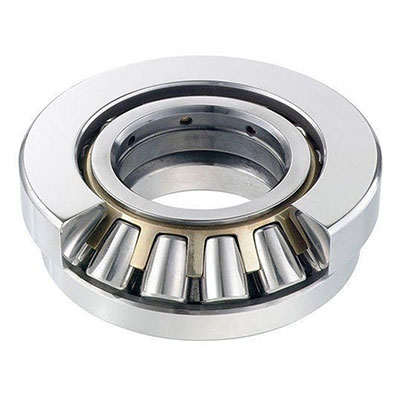
What is thrust in a bearing?
A thrust bearing, a type of rotary bearing, rotates between parts reducing friction and is designed to support an axial load (mostly in low-speed applications). It is the axial bearing that permits rotation between parts.
What is the purpose of a spherical roller thrust bearing?
A spherical roller thrust bearing is a rolling-element bearing of thrust type that permits rotation with low friction, and permits angular misalignment. The bearing is designed to take radial loads, and heavy axial loads in one direction.
What is the advantage of thrust ball bearing?
These are ideal for handling applications with lower axial load. These are ideal for operations with high rotational speeds. These are fit for high temperatures of 275 C and above.
What is the application of thrust bearing?
Thrust bearings are used in cars because the forward gears in modern car gearboxes use helical gears which, while aiding in smoothness and noise reduction, cause axial forces that need to be dealt with. Thrust bearings are also used with radio antenna masts to reduce the load on an antenna rotator.
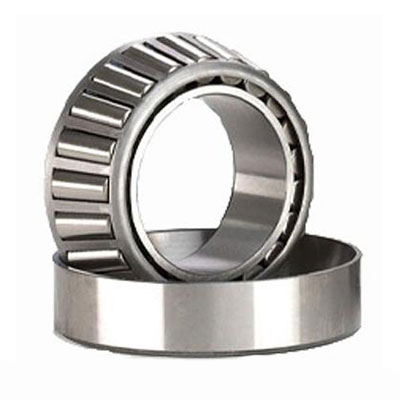
What is a taper roller bearing?
Pairs of tapered roller bearings are used in car and vehicle wheel bearings where they must cope simultaneously with large vertical (radial) and horizontal (axial) forces. Tapered roller bearings are commonly used for moderate speed, heavy duty applications where durability is required.
What are the 4 basic parts of a tapered roller bearing?
The four basic parts of a tapered roller bearing include the inner ring, outer ring, tapered rollers, and cage or retainer. The inner ring fits onto the shaft, while the outer ring provides housing and support for the bearing assembly.
Why do we use a taper roller bearing in a gearbox?
Tapered roller bearings are typically located at the ends of gearbox shafts, where they provide support or stiffness that prevents the shaft from moving in all directions and ensures that the gears remain well aligned for the efficient transfer of power.
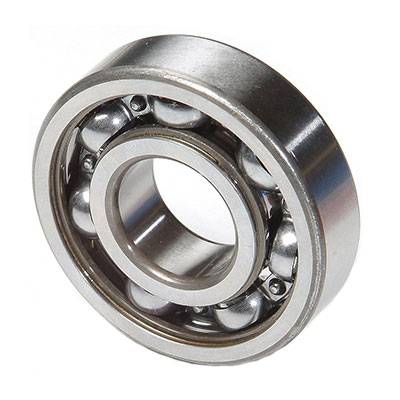
What is ball bearing?
A ball bearing is a type of rolling-element bearing that uses balls to maintain the separation between the bearing races. The purpose of a ball bearing is to reduce rotational friction and support radial and axial loads.
What is a ball bearing used for?
A ball bearing is a type of rolling-element bearing that serves three main functions while it facilitates motion: it carries loads, reduces friction and positions moving machine parts. Ball bearings use balls to separate two “races,” or bearing rings, to reduce surface contact and friction across moving planes.
What is the basic principle of ball bearings?
Ball bearing works on the principle of rolling friction. Ball bearing contains steel balls or rollers. It is used between the wheels and axle of a car to reduce friction.

What is Cylindrical Roller Bearings?
Cylindrical roller bearings (CRBs) have a simple structure of cylindrical rollers in linear contact with the raceways. They offer high load capacity under primarily radial loads. Low friction between the rollers and ring ribs makes these bearings suited for high speed rotation.
What are the benefits of cylindrical roller bearings?
Cylindrical bearings resist damage from fatigue, shock and edge loads, and they tolerate misalignment better than rolling element bearings. Ultimately, customers will experience savings from lower maintenance costs and extended equipment life.
Where are cylindrical bearings used?
Uses in Heavy Machinery and extreme systems: The cylindrical roller bearings are used in high-speed systems and can be deployed for high-performing systems such as agricultural machinery, wind turbines, mining machines, etc.